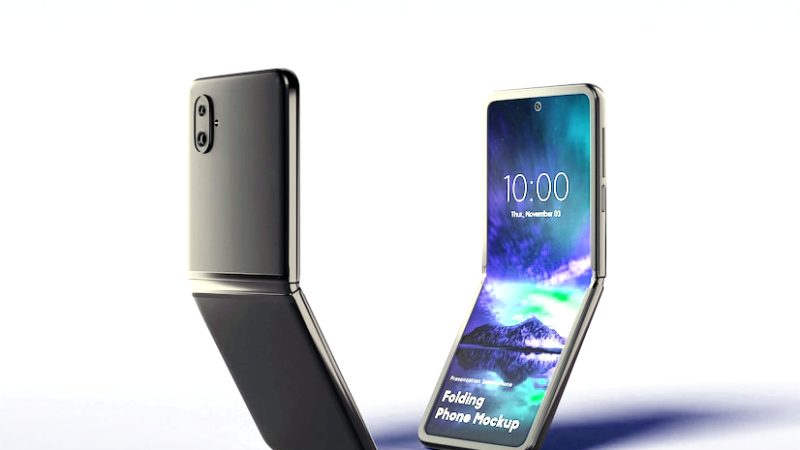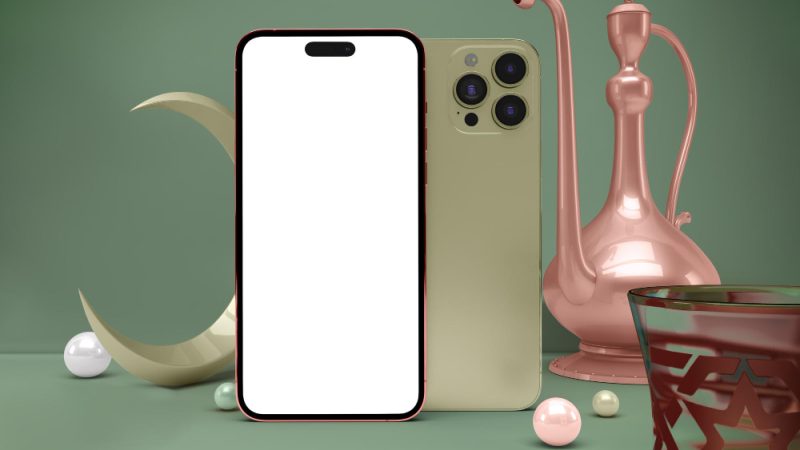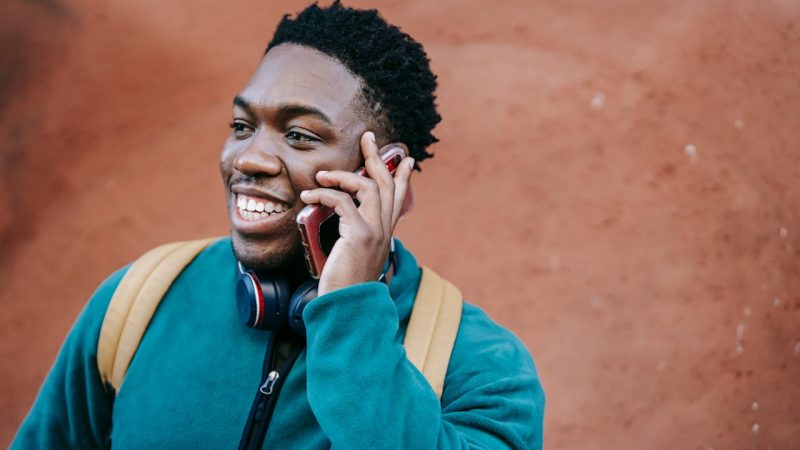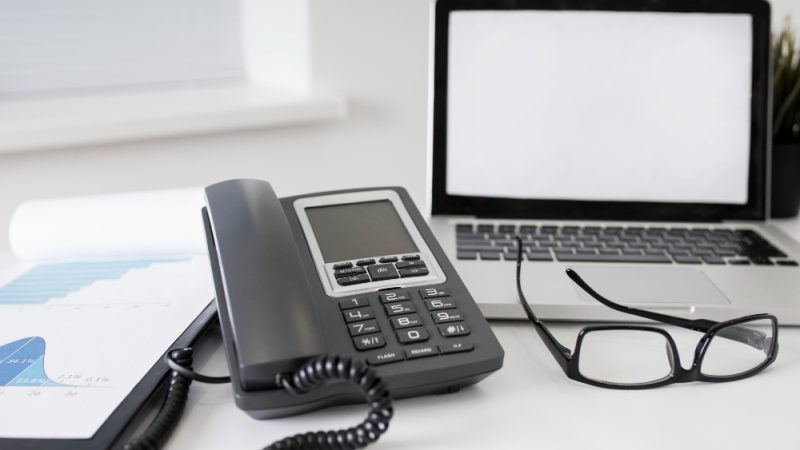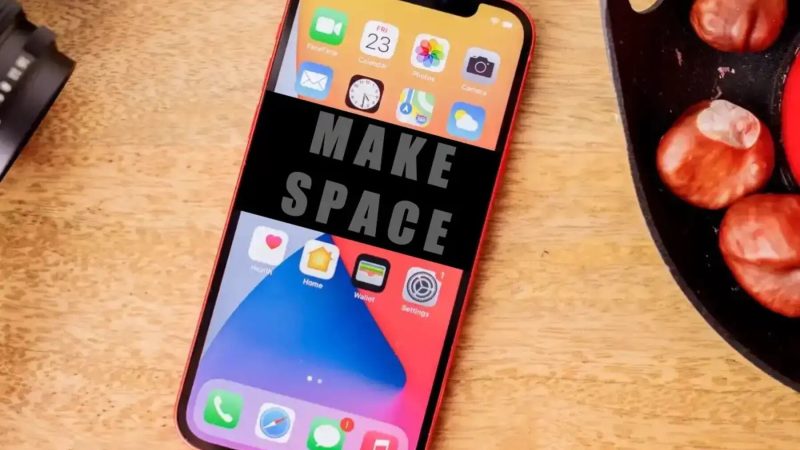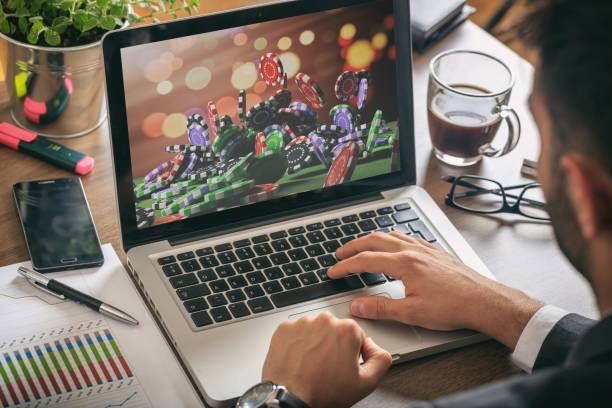Fact or Fiction: 9 Phone Myths You Can Ignore

As technology continues to evolve and change, it can be challenging to keep up with what’s fact and fiction. You might wonder, “Does wireless charging work with a case?” Most phone cases work with today’s wireless charging technology, but not all. You’ve probably heard myths that charging your phone’s battery through the night might overheat it, causing your phone to explode, which isn’t necessarily true. Still, you don’t want to keep your phone plugged in all the time. What’s fiction and what’s fact? Read on to find out which nine phone myths you can ignore.
- It’s Dangerous and Unreliable to Use Wireless Charging — The myth goes that it’s unreliable or even dangerous to use wireless charging. Years ago, it was a common belief that wireless charging doesn’t actually work well. While wireless charging wasn’t always as reliable as it is today, there have been notable improvements to wireless charging technology. It’s important to use devices that are Qi-certified so that the phone charges properly. According to Apple, it’s best to use Qi-certified charging accessories. Make sure you’re using an iPhone 8 or later to allow for an intuitive and seamless wireless charging experience.
- You Can’t Wirelessly Charge a Phone If It’s in a Case — It’s a myth that you can’t charge a phone while it’s in a phone case. Wireless charging technology has seriously improved in the past few years. While it’s true that not all cases work as well for wireless charging, most thin phone cases won’t block the wireless charging signal. Stay away from thick cases that are made from materials like leather that can block the wireless signal.
- Use a Bag of Rice to Dry a Wet Phone — You’ve seen those videos of people putting their wet phones into a bag of rice on TikTok. While those are funny and trendy videos that may give you some ideas, don’t do it. Because grains of rice can expand when they interact with the liquid from your wet phone, they can get stuck in your phone and actually damage the inside of your phone even more. Dry out your phone first before you do anything. If you do end up with a wet phone, keep your phone clean and read up on how to clean your phone screen.
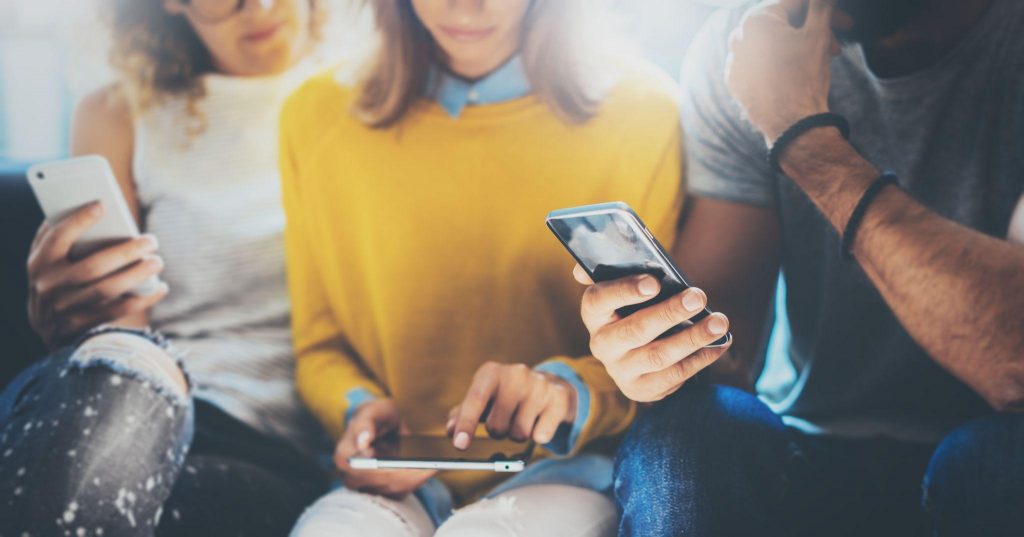
- A Screen Protector Alone Is Enough to Protect Your Phone — A screen protector can help you protect your phone from scratches, spills and drops. However, the screen protector doesn’t protect the sides or back of your phone. Keep your phone protected at all times with a phone case.
- Drain Your Battery Before Recharging It — There’s no need to wait for your battery life to drop down to nothing before recharging your phone. The full discharge myth is nothing more than a myth. Your smartphone uses lithium-ion batteries, so allowing your phone’s battery life to drain all the way down to zero before you recharge it will just wear out the battery even faster. To extend battery life, do a partial recharge when your phone goes down to about 30 percent.
- Put Your Phone in the Freezer to Prevent Battery Issues — Don’t be that person who puts your phone in the freezer next to the ice cream. This is a myth. Phones do not do well in extreme temperatures. If it’s too hot outside or too cold, like in a freezer, your phone’s lithium-ion battery will not do well. Your phone does best when it’s at room temperature.
- Close Background Apps to Save Power — This is a common myth. Most people think that if you have a bunch of apps running in the background on your phone, it’s better to close the apps. More apps, most people think, mean that your phone is using more processing power and more battery life. Closing background apps doesn’t actually do anything to save battery life. The algorithms for both iOS and Android automatically close apps when they need to without using too much processing power. Your smartphone was built for multitasking, and continually opening and closing your apps will actually use more power.
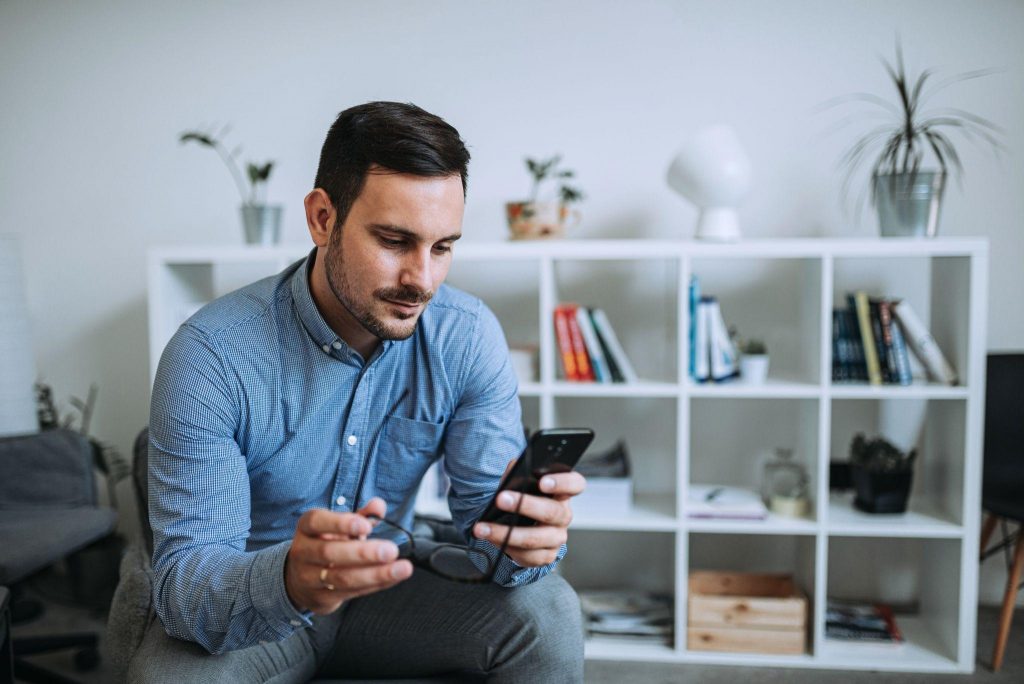
- Dim Your Phone’s Brightness to Save Power — This uses the same logic as the closing background apps to save power myth. You’d think that when your screen is less bright, you’d be using less power. If you’re using the automatic brightness setting and you’re usually in a well-lit environment, your phone will automatically increase the brightness and then use up too much battery. Interestingly enough, even if you spend time in a darker environment, the light sensor your phone is using to dim the power of your brightness uses more power to dim the light on your phone.
- It’s Okay to Use Free WiFi — You can use free WiFi, but do you really need to or want to? It’s tempting to use free WiFi. You’re traveling or out somewhere and don’t want to use your data. Because these free WiFi networks are open to the public, they’re also vulnerable to attacks. If you’re logging in to a network that doesn’t require any authentication to log into the WiFi, use a VPN for more security.
We hope these busted myths will help you know how to use your phone more efficiently! Whether you use your phone to answer work emails or try to get a high score in Candy Crush, keep these facts and myths in mind for optimal usage.

